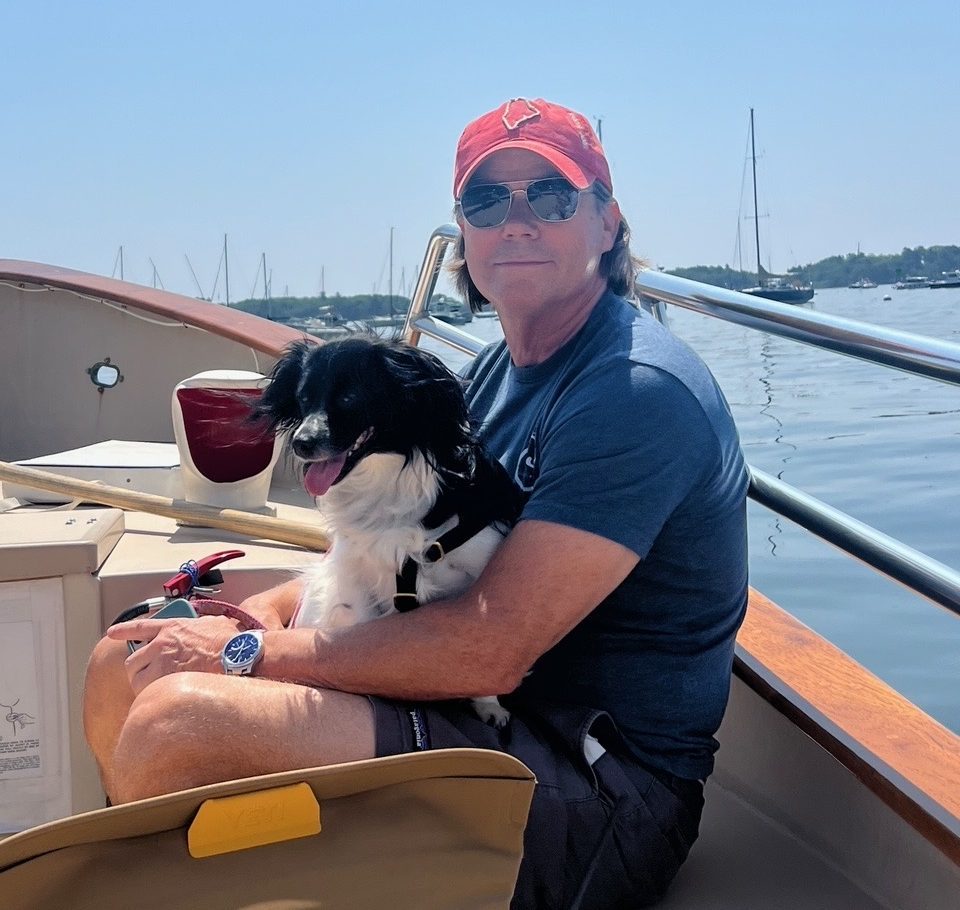
In the race to bring the next big product to market, it’s tempting to lead with features, chase trends, or pour resources into what seems like the clearest path to user acquisition. But for fintech companies operating in a highly complex, regulated, and fast-evolving environment, the old formula—idea, code, launch—no longer holds up.
What’s proving more sustainable today is a shift toward building knowledge before building products. That doesn’t mean slowing down innovation. It means developing the kind of foundational understanding that turns reactive ideas into intentional solutions.
Strategy Doesn’t Start With Code.
Eric Hannelius, fintech leader and CEO of Pepper Pay, believes: “The most successful companies in our space right now are the ones investing in learning loops. They don’t throw engineers at vague goals. They ask sharper questions earlier about regulation, human behavior, even unintended consequences.”
This kind of thinking creates a different culture. Instead of fast-tracking the product roadmap to please investors or match a competitor’s timeline, these teams put more weight behind research, scenario testing, and data that exposes edge cases. They don’t confuse action with progress. They build slower then scale faster.
Human-Centered Learning, Not Assumptions.
Fintech is uniquely positioned at the intersection of trust, data, money, and regulation. Unlike many other digital verticals, errors here can trigger compliance issues, user distrust, or major security concerns.
According to Eric Hannelius: “When you prioritize understanding the ecosystem (your users’ lived experience, the regulatory landscape, your integration dependencies) you end up with fewer surprises at launch, and better engagement afterward.”
That means talking with users before designing flows, digging into how different jurisdictions are shifting their stances on embedded finance or cross-border payments, and making sense of how customer needs differ across socioeconomic segments. It also means recognizing that no two customers define ‘convenience’ or ‘security’ the same way.
Knowledge as a Scalable Asset.
Unlike code, which may need to be rewritten, restructured, or re-platformed over time, knowledge compounds. Internal case studies, risk models, and documentation of failed assumptions create institutional intelligence. That intelligence can be reused across teams, markets, and cycles. This isn’t a philosophical stance. It’s a competitive advantage.
Investors are starting to recognize the power of well-informed companies. A fintech startup that can show how it proactively addressed potential fraud models, user confusion, or interoperability issues, before writing the first line of code, is often more attractive than one that scaled fast but now faces churn or compliance remediation.
Eric Hannelius puts it plainly: “In fintech, speed without foresight is a liability.”
Knowledge-First, Market-Aligned.
There’s a misconception that research-heavy companies risk falling behind. In reality, knowledge-first companies tend to be better positioned to pivot when the market shifts. Their strategy isn’t bound to a single product or interface. It’s grounded in patterns, behaviors, and insights.
The recent wave of AI-driven personalization in financial tools shows how quickly product direction can change. Teams that had already studied user decision-making or ethical AI frameworks were able to respond rapidly. Those that hadn’t? They’re still catching up.
It’s not enough to generate insights. They must be translated into product design, business logic, and user communication. That’s where product teams, engineers, and data scientists must work with the same fluency in outcomes, not output.
This calls for a deeper investment in training teams to think systemically. In Eric Hannelius’s words: “We’re past the age where engineers and product owners could afford to stay in silos. Every decision, even small ones, ripple through the experience, the data, and the compliance footprint.”
As fintech grows into a more mature, embedded part of daily life, the companies that rise will be those that resist shortcuts. They’ll ask deeper questions, use knowledge to narrow risk, and focus on products that evolve from clarity not pressure.
The product is the expression of what the team knows, believes, and stands behind. When knowledge comes first, products don’t just launch, they last.


